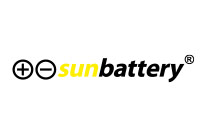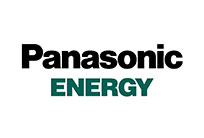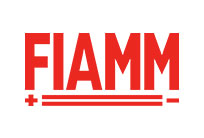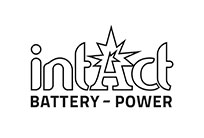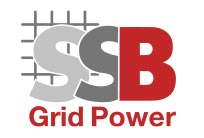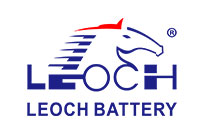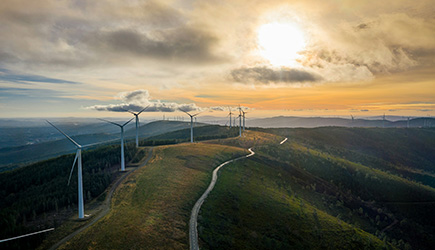
Wind power expansion in Europe: the long road to achieving the targets
2023 was a strong year for the installation of new wind turbines in Europe. More wind turbines were built on land than ever before and there was also strong investment at sea. The total output of new wind turbines amounted to 18.3 gigawatts (GW), of which 3.8 GW was in offshore wind farms. Around 90% was already invested in onshore wind energy in 2022. The EU has also outperformed itself compared to previous years. The annual average from 2013-2021 was 10 GW.
Wind power in a European comparison
Within Europe, Germany leads the way in terms of new wind turbine installations, closely followed by the Netherlands and Sweden. 21% of new installations took place in Germany, corresponding to 3.5 GW of onshore wind and 329 MW offshore. In the Netherlands, the figure was 527 MW onshore, but 1.9 GW offshore. Sweden did not erect any offshore plants, but built 1.9 GW on land.
Overall, the proportion of onshore wind turbines still clearly predominates: 79% of all new wind turbines in Europe are onshore, which corresponds to 14.5 GW of wind power capacity. However, the expansion of offshore wind power is also progressing: the Netherlands leads the table here, with almost half of all turbines installed at sea. France, Denmark and the UK are also among the leaders. Wind energy accounted for 19% of total European electricity generation last year.
Forecasts for wind energy development in the EU
WindEurope has estimated an expansion of 200 GW of wind power capacity for Europe between 2024 and 2030, which would be an average of 29 gigawatts per year. Too little to achieve climate and energy targets, as this would require at least 33 GW. If one follows the calculations, the total wind power capacity in 2030 would be 393 GW - however, the EU 2020 target is 425 gigawatts. To achieve the targets, the EU adopted an action plan with immediate measures last year. The reason for the slow progress of installations is often the approval process. Another problem is the lack of repowering measures. Repowering involves decommissioning older turbines and replacing them with more powerful ones. In the process, installed turbines are reduced by around 25%. According to WindEurope, repowering triples the output of wind farms and would bring the EU closer to its targets more quickly. However, repowering rates in the EU are still far too low - almost all new capacity comes from areas that have been put out to tender.
Sources: energiezukunft.eu, 11.03.2024
tagesschau.de, 18.01.2024
en-former.com, 03.03.2023
Image: Unsplash

